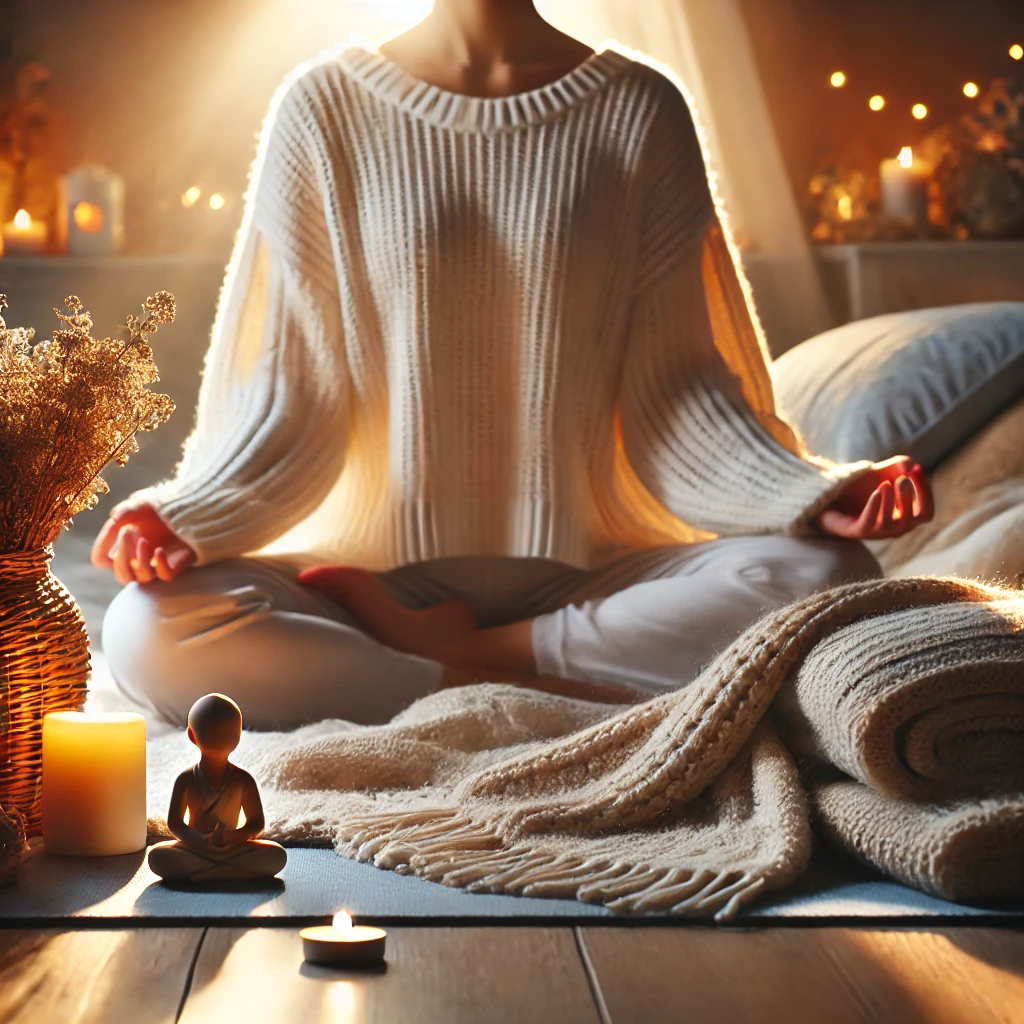Introduction
Seasonal Affective Disorder (SAD) is a type of depression that occurs during specific seasons, usually in the colder months when there is less sunlight. It can affect mood, energy levels, sleep, and overall well-being. While it is most common in fall and winter, some people may experience SAD in the summer months as well. Understanding the causes, symptoms, and coping strategies can help manage this condition effectively.

What Causes Seasonal Affective Disorder?
SAD is primarily linked to the reduced exposure to sunlight, which affects the body’s internal clock (circadian rhythm) and the production of key neurotransmitters, including:
- Melatonin: A hormone that regulates sleep and can become overproduced in darker months, leading to fatigue.
- Serotonin: A neurotransmitter that affects mood, which may decrease due to lack of sunlight.
- Vitamin D Deficiency: Sunlight helps produce vitamin D, which plays a role in mood regulation.
Common Symptoms of SAD
- Persistent low mood and feelings of hopelessness
- Lack of energy and increased fatigue
- Sleeping too much or experiencing difficulty sleeping
- Changes in appetite, often craving carbohydrates
- Difficulty concentrating and loss of interest in daily activities
- Increased irritability or anxiety
Coping Strategies for Seasonal Affective Disorder
1. Light Therapy (Phototherapy)
- Using a light therapy box for 20-30 minutes daily can help compensate for reduced sunlight exposure.
- The light should be at least 10,000 lux and positioned at eye level but not directly looked into.
- Best used in the morning to help regulate sleep and mood.
2. Increase Natural Sunlight Exposure
- Spend more time outdoors during daylight hours, even on cloudy days.
- Open curtains and sit near windows to maximize indoor light exposure.
- Rearranging your workspace or home environment to receive more natural light can be beneficial.
3. Maintain a Regular Exercise Routine
- Physical activity boosts serotonin levels and helps alleviate symptoms of depression.
- Activities like jogging, yoga, and strength training improve both mental and physical health.
- Outdoor exercises provide additional exposure to natural light.
4. Follow a Balanced Diet
- Eat foods rich in omega-3 fatty acids, such as salmon, flaxseeds, and walnuts, to support brain health.
- Complex carbohydrates like whole grains and legumes help stabilize blood sugar and energy levels.
- Lean proteins provide essential amino acids that aid in neurotransmitter production.
5. Consider Vitamin D Supplements
- If you experience limited sunlight exposure, taking a vitamin D supplement can help regulate mood.
- Consult a healthcare provider for proper dosage recommendations.
6. Stick to a Consistent Sleep Schedule
- Maintain a regular bedtime and wake-up routine, even on weekends.
- Avoid excessive naps that can disrupt nighttime sleep patterns.
- Limit screen time before bed, as blue light can interfere with melatonin production.
7. Practice Mindfulness and Relaxation Techniques
- Meditation and deep breathing exercises help manage stress and anxiety.
- Journaling can be an effective way to process emotions and identify mood patterns.
- Aromatherapy, using essential oils like lavender, may promote relaxation and better sleep.
8. Engage in Social Activities
- Isolation can worsen SAD symptoms, so stay connected with friends and family.
- Participate in community events, join a club, or engage in group activities to boost mood.
- Virtual meetups or phone calls can also provide emotional support.
9. Seek Professional Help When Needed
- If symptoms persist or significantly impact daily life, consulting a therapist or counselor can be beneficial.
- Cognitive Behavioral Therapy (CBT) has been proven effective in managing SAD symptoms.
- In some cases, medication such as antidepressants may be prescribed to balance serotonin levels.

Conclusion
Seasonal Affective Disorder is a challenging condition, but with the right coping strategies, it can be effectively managed. Prioritizing light exposure, regular exercise, a balanced diet, and social interaction can significantly improve mood and well-being. Seeking professional guidance when needed ensures a comprehensive approach to dealing with SAD, allowing individuals to maintain a healthier and happier lifestyle year-round.





